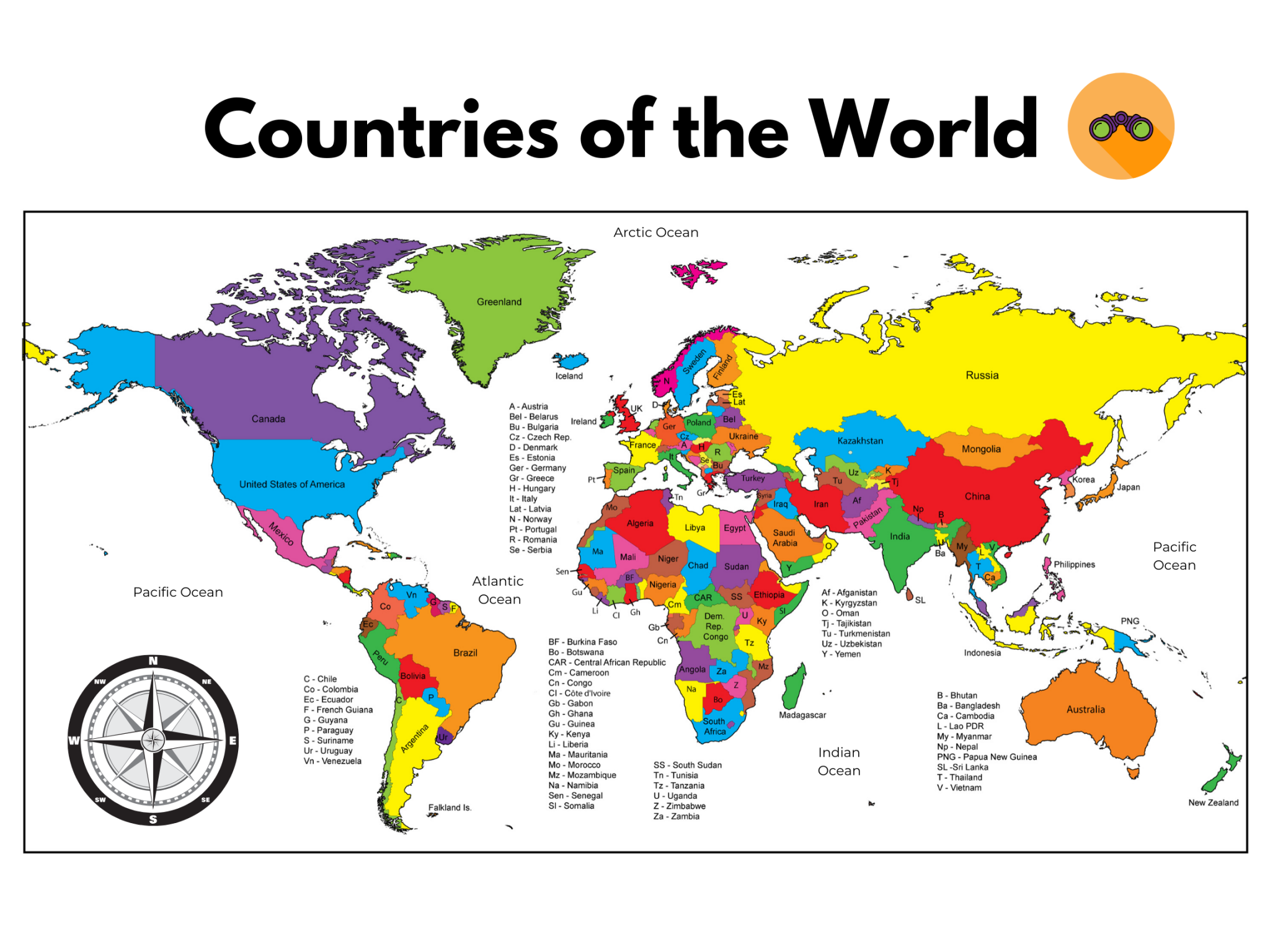The World Calendar Conundrum: Do All International locations Use the Identical System?
Associated Articles: The World Calendar Conundrum: Do All International locations Use the Identical System?
Introduction
On this auspicious event, we’re delighted to delve into the intriguing subject associated to The World Calendar Conundrum: Do All International locations Use the Identical System?. Let’s weave fascinating info and provide recent views to the readers.
Desk of Content material
The World Calendar Conundrum: Do All International locations Use the Identical System?

The seemingly easy query of whether or not all international locations use the identical calendar belies a posh tapestry of historic, cultural, and spiritual influences. Whereas the Gregorian calendar dominates the worldwide stage, serving because the worldwide normal for a lot of functions, its common adoption is way from full. A better examination reveals an interesting array of different calendars nonetheless in use, every reflecting distinctive societal values and traditions.
The Gregorian calendar, named after Pope Gregory XIII who launched it in 1582, is a photo voltaic calendar primarily based on the Earth’s revolution across the Solar. It is a refined model of the Julian calendar, addressing the Julian calendar’s slight inaccuracy in calculating the size of a 12 months. This refinement was essential for aligning the calendar with the seasons, stopping the drift that had gathered over centuries. Its adoption, nevertheless, was a gradual and uneven course of. Many Catholic international locations rapidly adopted it, however Protestant nations had been slower to embrace the papal decree. Orthodox international locations, significantly in Jap Europe and the Center East, retained the Julian calendar for hundreds of years, resulting in a persistent date discrepancy between the Gregorian and Julian programs. This distinction, presently 13 days, has had important historic and even political implications.
The persistent use of the Julian calendar in sure areas highlights the deep-seated connection between calendar programs and cultural id. The Julian calendar, with its roots in Roman antiquity, held symbolic significance for these nations, representing a hyperlink to their historical past and traditions. Altering to the Gregorian calendar wasn’t merely a matter of adjusting dates; it was seen as a disruption of established norms and a possible problem to their cultural heritage. This resistance underscores the truth that a calendar is greater than only a system for measuring time; it is a cultural artifact.
Past the Julian calendar, a various vary of different calendar programs live on, reflecting the wealthy tapestry of human civilizations. These embrace:
-
The Islamic Calendar: A lunisolar calendar primarily based on lunar cycles, it is used primarily in Islamic international locations for spiritual and social functions. Its months are lunar, which means they’re roughly 29.5 days lengthy, leading to a 12 months that is shorter than the photo voltaic 12 months. This implies the Islamic calendar months do not align with the seasons, shifting all through the photo voltaic 12 months. This method highlights the significance of spiritual cycles over seasonal ones in some cultures.
-
The Hebrew Calendar: One other lunisolar calendar, the Hebrew calendar is utilized by Jewish communities worldwide for spiritual observances and the relationship of occasions in Jewish historical past. It incorporates each lunar months and a system of intercalary months to maintain it roughly synchronized with the photo voltaic 12 months. The complexities of its calculation mirror a deep-rooted custom and complicated understanding of astronomical cycles.
-
The Chinese language Calendar: A lunisolar calendar with a wealthy historical past, it is utilized in China and different East Asian international locations. It combines lunar months with a photo voltaic 12 months, incorporating a system of intercalary months to keep up alignment. This calendar is intricately linked to Chinese language astrology and the normal Chinese language zodiac, additional emphasizing its cultural significance past easy timekeeping.
-
The Hindu Calendar: A various vary of Hindu calendars exists, various regionally and in keeping with completely different traditions. Many are lunisolar, incorporating each lunar and photo voltaic cycles, with various strategies for intercalation. The particular calendar used typically is determined by the area and the actual spiritual sect.
-
Conventional calendars of indigenous communities: Quite a few indigenous communities all over the world keep their very own distinctive calendar programs, typically deeply intertwined with their native setting and agricultural cycles. These calendars continuously incorporate observations of celestial occasions, animal migrations, and flowers cycles, reflecting a classy understanding of nature and its rhythms. These programs are sometimes not strictly photo voltaic or lunar however relatively a mix of pure observations related to their particular context.
The coexistence of those numerous calendar programs raises questions in regards to the idea of a "common" calendar. Whereas the Gregorian calendar dominates worldwide communication and commerce, its adoption will not be common, and its dominance is essentially a product of historic energy dynamics and colonial influences. Many cultures proceed to worth their conventional calendars, recognizing their cultural and spiritual significance. The persistence of those different calendars underscores the constraints of imposing a single, standardized timekeeping system on a world of numerous cultures.
The implications of utilizing completely different calendars prolong past easy date discrepancies. Scheduling worldwide occasions, coordinating world tasks, and even understanding historic data may be difficult by way of a number of calendar programs. The necessity for conversion instruments and a shared understanding of various calendar programs is essential for efficient world communication and collaboration. The event of software program and on-line sources that facilitate calendar conversions is a testomony to the rising want for bridging the hole between these numerous programs.
In conclusion, the reply to the query of whether or not all international locations use the identical calendar is a convincing no. Whereas the Gregorian calendar holds a outstanding place because the worldwide normal, a mess of different calendar programs proceed to thrive, reflecting the enduring affect of cultural heritage and spiritual traditions. Understanding the variety of calendar programs is essential for fostering intercultural understanding and navigating the complexities of a globalized world. The persistence of those different programs highlights the truth that timekeeping will not be merely a technical course of, however a deeply cultural and sometimes non secular follow. The continuing coexistence of those completely different programs is a testomony to the enduring richness and variety of human civilization.
%20Medium.jpeg?itok=I3Jeqw0s)







Closure
Thus, we hope this text has offered worthwhile insights into The World Calendar Conundrum: Do All International locations Use the Identical System?. We hope you discover this text informative and helpful. See you in our subsequent article!